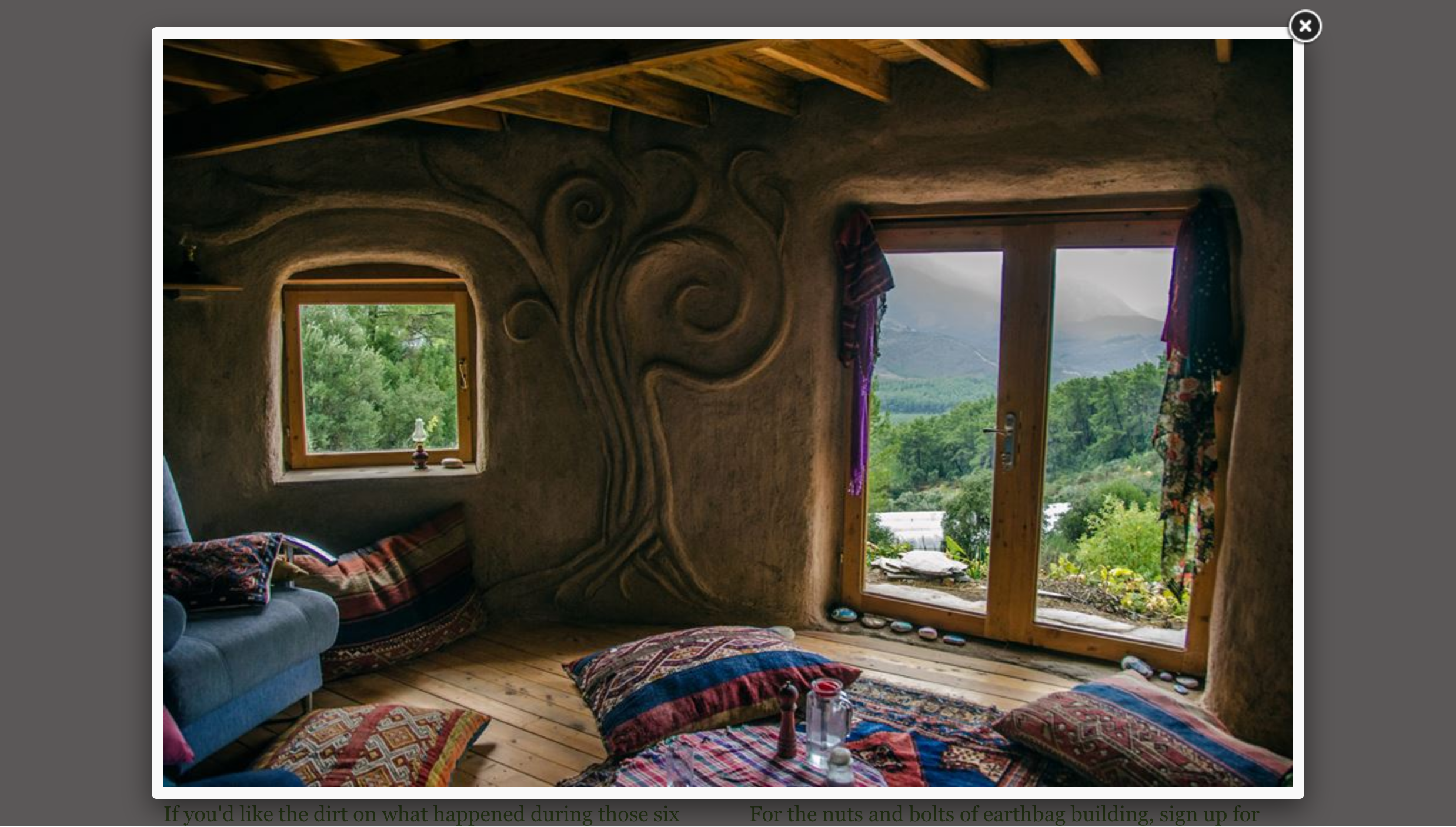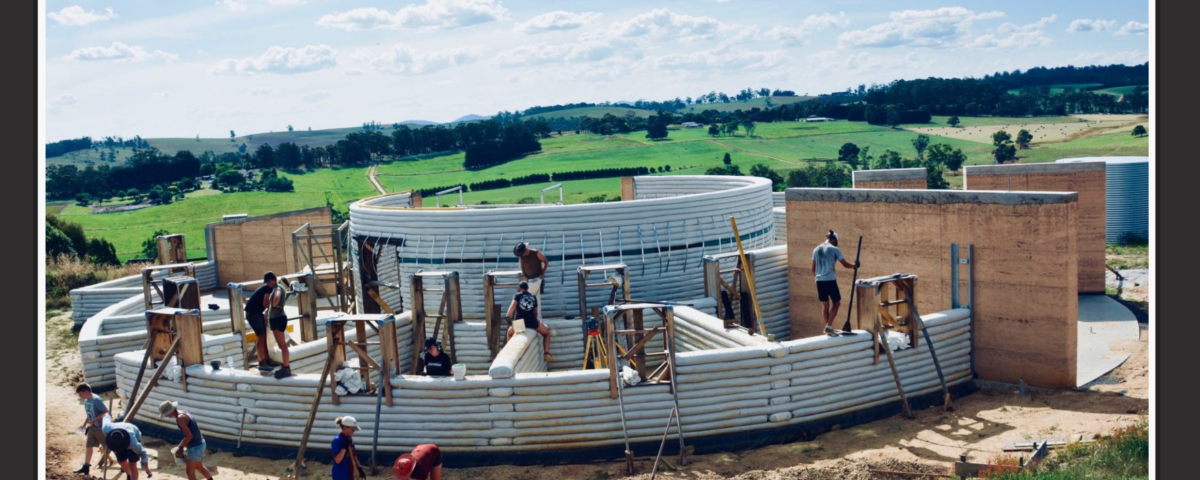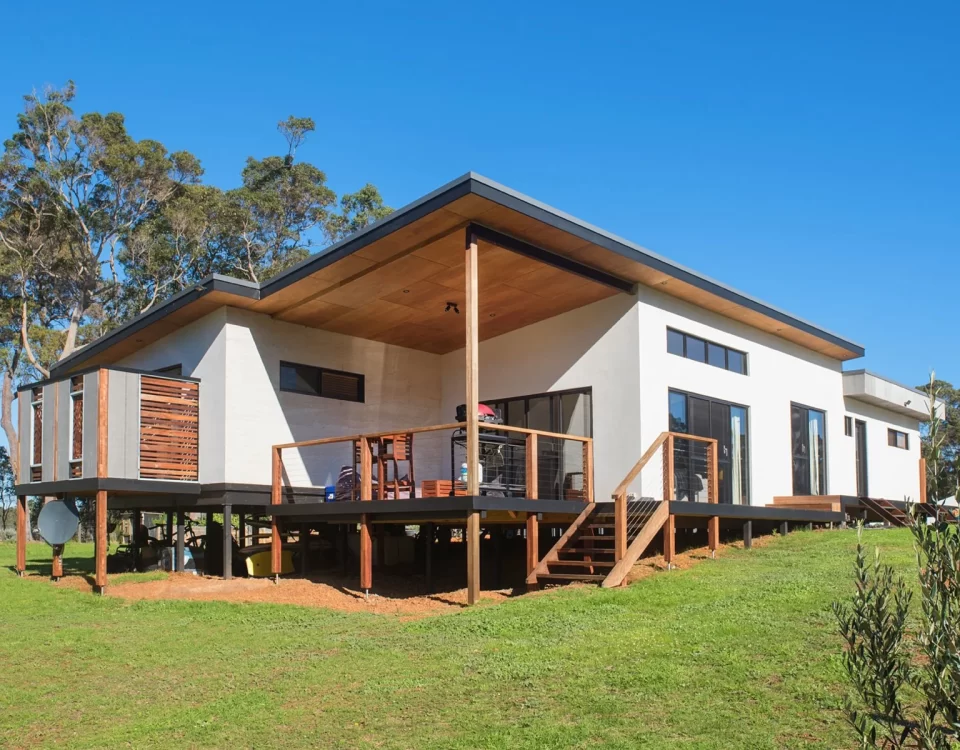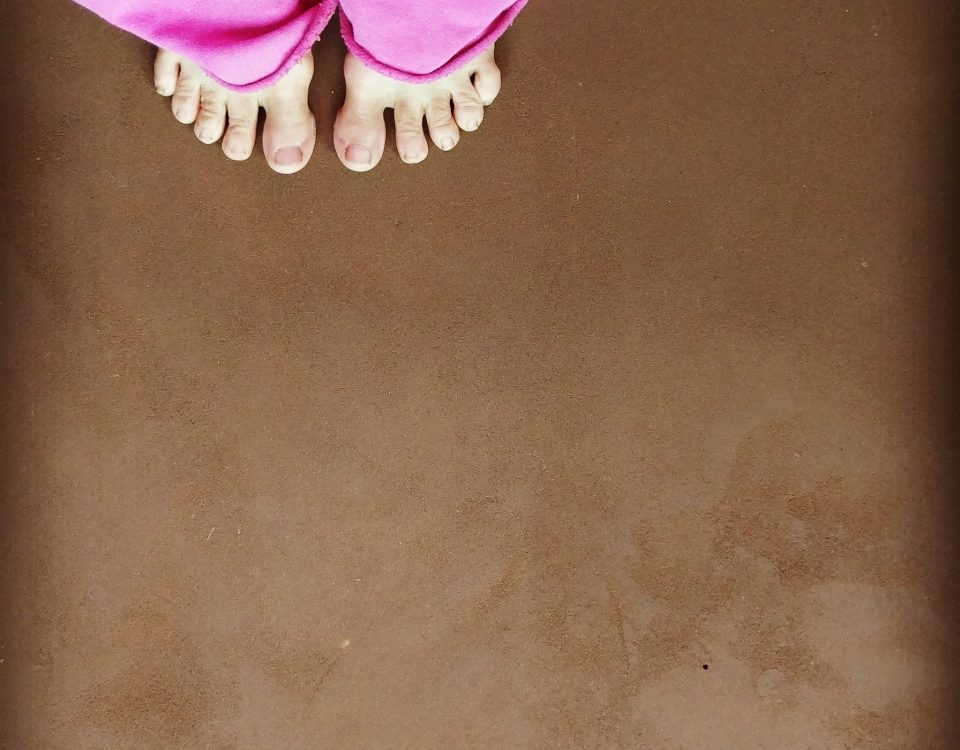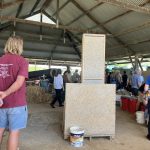
Getting Your Home Approved – EBAA Annual Conference, April 6-7, Sydney Review
21/04/2025
Understanding Earth Floors: A Natural and Functional Choice for Sustainable Homes
02/06/2025Honouring tradition, embracing efficiency, and enhancing sustainability
Round houses have been built for thousands of years across continents—from Mongolian gers (yurts) to African rondavels, from Celtic roundhouses to Pacific Islander huts. In modern natural building, this ancient form is making a powerful return—and for good reason.
A History Rooted in Culture and Climate
Long before industrial construction, people built with what was locally available: earth, stone, bamboo, timber, straw, grasses. Round shapes naturally emerged in indigenous architecture around the world for their structural integrity, energy efficiency, and ease of construction. For millennia, people around the world have built round homes—not just for symbolic or aesthetic reasons, but because round shapes are inherently smart, strong, and sustainable. From the wind-swept steppes of Mongolia to the highlands of Africa and the forests of Europe, ancient builders chose round not by accident, but through trial, necessity, and ingenuity.
Some iconic examples:
-
Yurts (Gers) in Central Asia: Easily assembled/disassembled and aerodynamic for wind resistance.
-
African Rondavels: Built from mud, stone, and thatch—cool in summer, warm in winter.
-
Native American Tipis and Wigwams: Designed for portability, efficient heat circulation, and minimal materials.
-
Celtic Roundhouses in Iron Age Europe: Timber and wattle-and-daub structures that have stood for centuries.
What do all these designs share? They are round, made from natural materials, and perfectly tuned to their climate and purpose.
Why Round Is Better—Design Benefits
1. Even Load Distribution
In a circular wall:
-
The compressive forces (gravity, roof weight) are spread evenly around the structure.
-
There are no sharp corners, which are typical stress points in rectangular buildings.
-
Natural materials like cob, adobe, or stone—which are weak in tension but strong in compression—perform best under even, distributed loads.
👉 Think of an arch or dome—ancient engineers knew these forms could hold immense weight without collapsing.
2. Lateral Force Resistance (Wind & Earthquake)
Round structures are naturally aerodynamic:
-
Wind flows around the curve rather than hitting flat surfaces, reducing uplift and pressure.
-
No “leading edge” for wind to catch = less damage in storms.
-
In earthquakes, round shapes tend to move as a unit, absorbing shock more efficiently.
This makes round homes ideal in cyclone-prone, seismic, or exposed landscapes.
3. Less Surface Area = More Energy Efficiency
A circle has the lowest surface area per unit of volume, which means:
-
Less wall area to lose heat in winter or gain heat in summer.
-
Easier to maintain internal temperature using passive solar design.
-
Materials like cob or rammed earth can store and release heat over time—this is enhanced in a round envelope.
4. Self-Bracing Geometry
In many round natural homes:
-
The walls support the roof, and the roof (often conical or reciprocal frame) pushes down evenly.
-
This creates a self-bracing tension ring that prevents collapse without needing internal walls or steel reinforcement.
-
A reciprocal roof, where each rafter supports the next, is a perfect match for round buildings and can often be built with natural poles.
👉 This is why reciprocal roof roundhouses are popular in strawbale, cob, and bamboo building.
5. Material Efficiency
Round structures:
-
Use fewer materials than square buildings to enclose the same space.
-
Reduce off-cuts and construction waste—ideal when using precious or labor-intensive materials like bamboo, timber, or hempcrete.
-
Fit well with organic building techniques—you can follow natural forms without forcing right angles.
A Return to Circular Wisdom
In modern eco-building, especially with materials like hempcrete, earthbags, bamboo, or timber poles, round structures offer both practical and poetic advantages.
They remind us that design can be efficient, sustainable, and beautiful—without cutting corners.
Thinking of Going Round?
The Enduring Appeal and Modern Benefits of Circular Homes
There’s something both ancient and futuristic about a round home. From yurts on the steppes of Central Asia to African mud huts, igloos, and earth lodges, round structures have been a staple of human shelter for millennia. But far from being relics of the past, modern round homes are making a quiet comeback—especially among those building with natural materials or seeking more energy-efficient and climate-resilient homes.
So what makes round houses so compelling today?
Energy Efficiency That Makes Sense
One of the most immediate advantages of a round house lies in its relationship to energy. With less external surface area compared to a rectangular building of the same floor area, a round home naturally limits the amount of heat escaping in winter and entering in summer. The smooth, continuous walls also encourage better airflow, allowing warm air to rise and circulate more effectively. Combined with thoughtful passive solar design, this means a round house can maintain a comfortable internal temperature with far less mechanical heating or cooling.
Built to Withstand Nature
The circular form isn’t just efficient—it’s also incredibly resilient. Unlike square buildings that create flat surfaces for wind to push against, a round house’s curves deflect strong winds, reducing the risk of damage during storms or cyclones. The absence of corners also means fewer stress points where structural failure can begin. In earthquake-prone areas, the even distribution of force around a central point makes round homes more stable than traditional boxy forms.
Structural Strength, Naturally
Round buildings excel when constructed with natural or low-impact materials. The geometry works with the forces of gravity and compression, allowing materials like cob, rammed earth, straw bale, or hempcrete to perform at their best. Traditional reciprocal frames and compression rings at the roof centre, for example, can create an incredibly strong and self-supporting system—often with fewer materials.
Less Material, More Volume
Because a circle encloses more space than any other shape with the same perimeter, round homes can be more material-efficient. This is especially important when building with labor-intensive materials or when trying to minimize your environmental footprint. Every centimetre of saved wall area adds up—whether you’re building a small off-grid cabin or a more elaborate natural home.
Spaces That Feel Like Home
Ask anyone who’s lived in a round home, and you’ll hear about how different the space feels. There’s something inherently calming about curves and circles—something that seems to echo the natural world. Without corners and harsh angles, round rooms feel more cohesive and flowing. They encourage movement, conversation, and a sense of connection. Whether you’re designing a family home or a shared co-housing space, circular layouts foster intimacy and community.
Aesthetic That Stands Apart
Round homes are visually striking. They break away from the cookie-cutter designs of suburbia and stand as a statement of creativity and harmony with the land. Their organic forms can blend beautifully with landscapes, or become sculptural focal points in their own right. If you’re drawn to biomimicry, permaculture, or regenerative design, you’ll likely find the round form a perfect architectural partner.
Ready for the Future
Circular designs aren’t just traditional—they’re future-ready. Their curved roofs lend themselves well to integrated solar panels, and their layout is ideal for rainwater harvesting into a central cistern. Many round homes also pair beautifully with green roofs or thick natural insulation. And because of their geometry, they can handle heavy snow loads or shifting climate patterns with grace.
Ready to Build Differently?
Choosing to build a round house isn’t just a stylistic decision—it’s a statement. It says you’re thinking differently about how we live on the land, how we interact with natural forces, and how we create spaces that truly feel good to be in.
